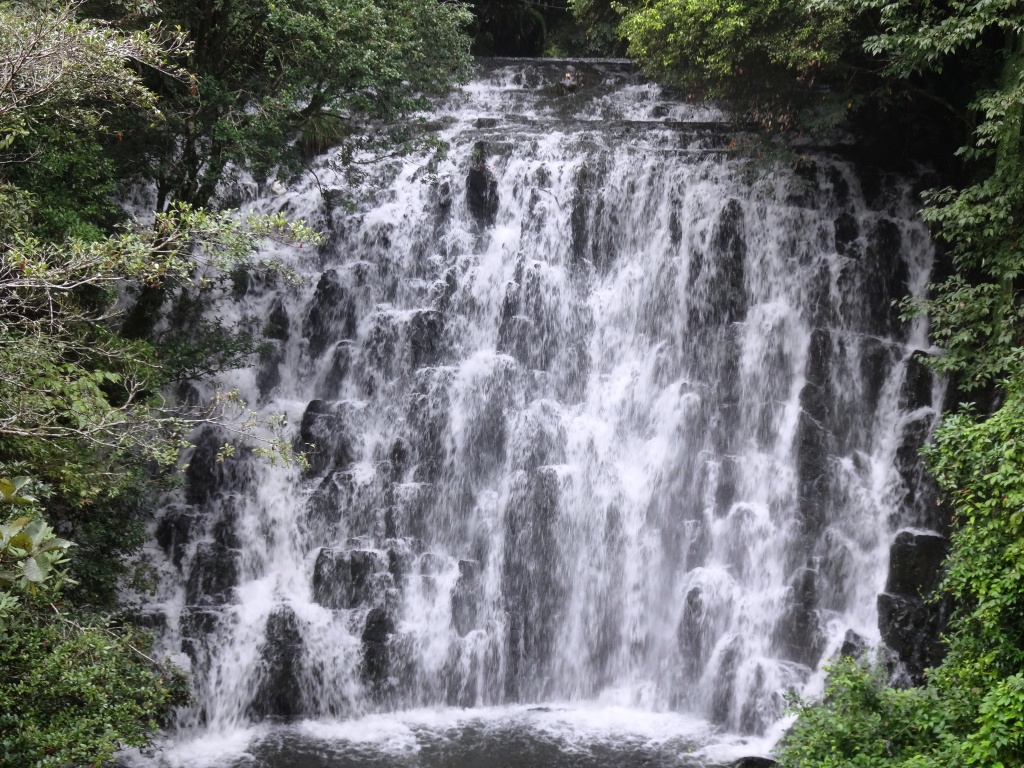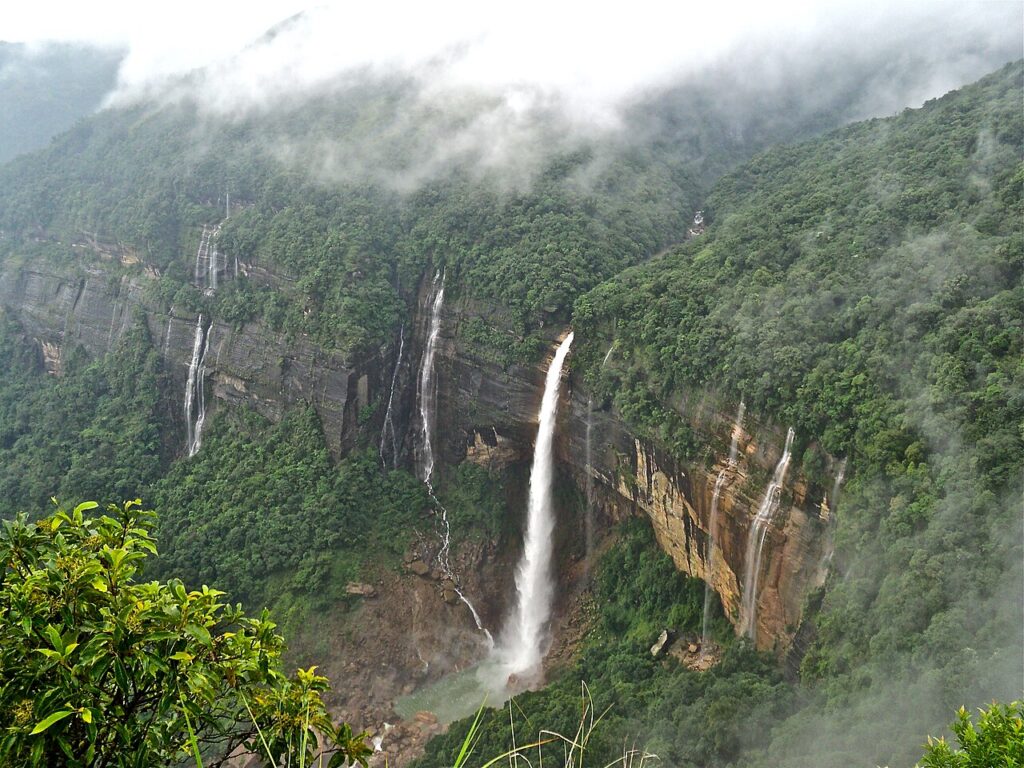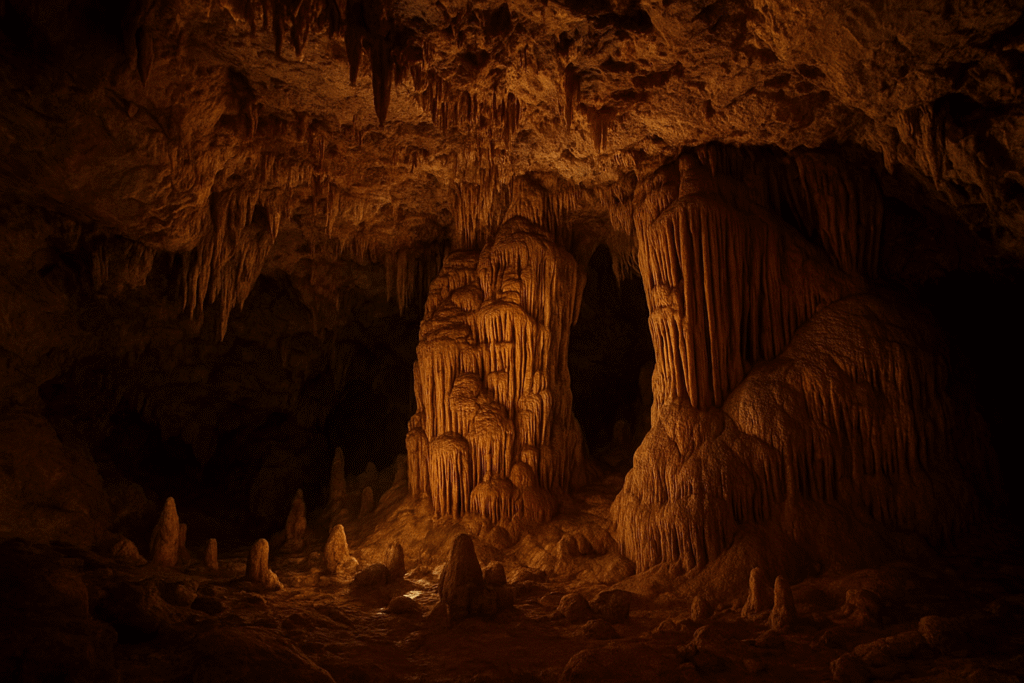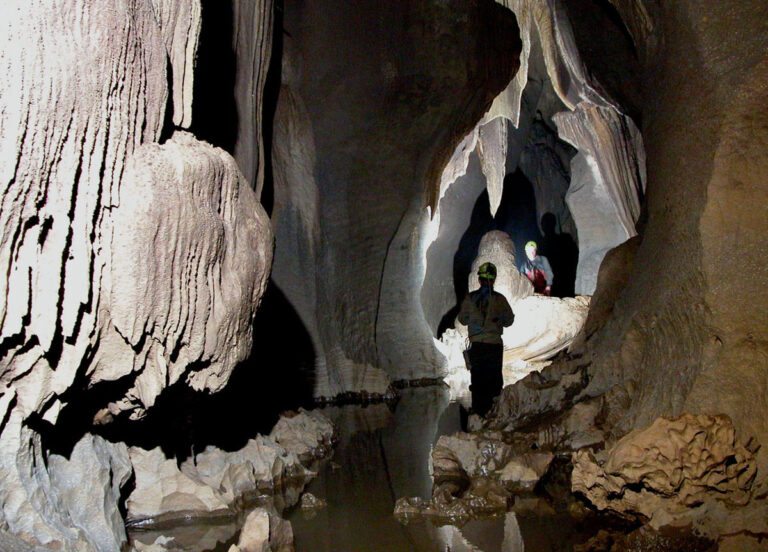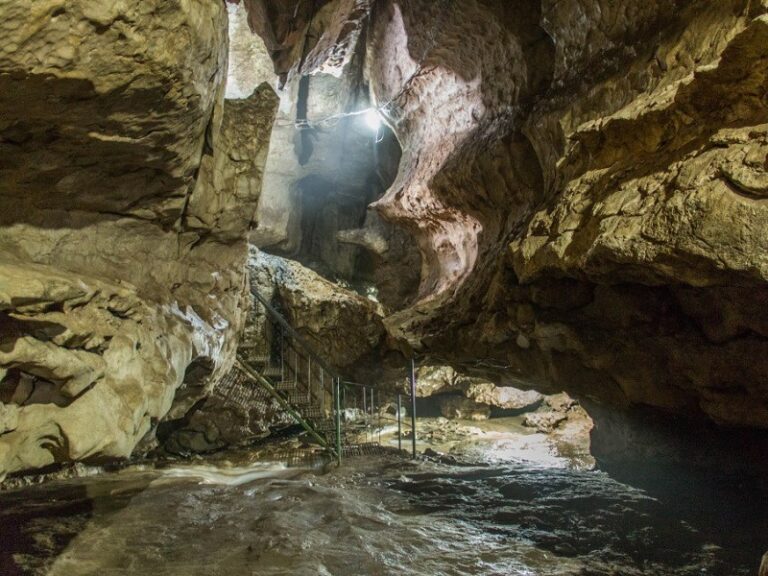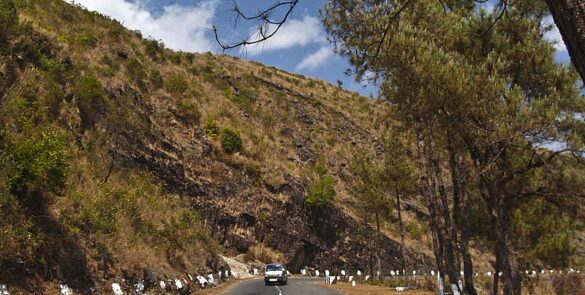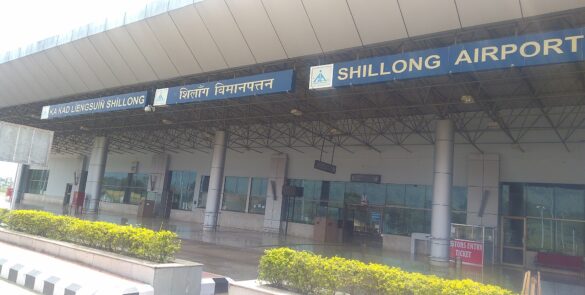Meghalaya - The abode of Clouds
Hello Guys, how are you all? Hope you all are well & good, enjoying the quality time with your family and Friends. So when we say spending quality time with family & Friends, then it does not mean to only spend time at home or festivals, but it can also be going on a trip with them once in year or twice in year, right?
Have you ever imagined what a place with heavy rainfall looks like or how the people of that particular place should be living with rainfall all year round? Some imagine the lush green forest with tall trees and greenery all around and waterfalls, if any, flowing continuously in the lush green forest, looks so beautiful, right?
So, don’t just imagine, just go and feel the vibe out there because in today’s blog, we are going to witness the beauty and magical waterfalls and lush green forests also. Now, can you guess which place it is?
The place where we are going to witness the also known as “The Adobe of Clouds”, and it is none other than Meghalaya itself, which has lush green forests, magical waterfalls, and greenery all around it.
Why Visit Meghalaya?
Meghalaya is a state in north-east India with its capital state Shillong, which was carved by two districts from the Assam State. The united Khasi Hills and Jaintia Hills, and Garo Hills.
This state is the wettest state of India, where the rainfall is maximum, and the Khasi Hills have the highest rainfall with 12,000 mm (470 Inches) of rain in a year.
Meghalaya is also known as the “Scotland of East India” by the British rulers. English is the Official language of Meghalaya. The biodiversity of Meghalaya consists of Mammals, Birds, and Plants with Medicinal Properties.
The people here are living mainly by farming, in which crops like Potatoes, Rice, Maize, pineapples, bananas, papayas, and Spices are the main crops of Meghalaya. The word Meghalaya was first given by Shiba P. Chatterjee geography Professor at the University of Calcutta.
It is one of the seven sister states in north-east India. This state is Mountainous, and high valleys and plateaus rich in geography. The rock formations that are rich in minerals are also found in Meghalaya, like Coal, Limestone, uranium, and Sillimanite.
The main rivers of Meghalaya are Ganol, Daring, Sanda, Bandra, Bugai, Dareng, Simsang, Nitai, and the Bhupai.In the central and eastern sections of the plateau, the important rivers are Khri, Umtrew, Digaru, Umiam or Barapani, Kynshi (Jadukata), Umngi, Mawpa, Umiam Khwan, Umngot, Umkhen, Myntdu, and Myntang. In the southern Khasi Hills region, these rivers have created deep gorges and several waterfalls.
Meghalaya is rich in wildlife, hosting elephants, bears, red pandas, civets, deer, wild boars, gaur, buffaloes, primates, and many bat species, with limestone caves like Siju sheltering rare ones. The hoolock gibbon is found across all districts. Reptiles include lizards, tortoises, crocodiles, and snakes such as pythons, cobras, vipers, and coral snakes.
Places to Visit at Meghalaya:
The most visited waterfalls include Elephant Waterfalls, Nohkalikai Waterfalls, Shadthum Falls, Weinia Falls, and Bishop Falls. You can also see the caves, which are naturally made by sandstone and Limestone, which are the deepest and longest in South Asia.
Waterfalls Of Meghalaya:
1.Elephant Waterfalls:- The Elephant Falls are a two-tier waterfall in Shillong, Meghalaya, India.The mountain stream descends through two successive falls set in dells of fern-covered rocks.
2.Nohsngithiang Falls:- Nohsngithiang Falls also known as the Seven Sisters waterfalls located 1 kilometre (0.62 mi) south of Mawsmai village. The water falls from a height of 315 metres (1,033 ft) and has an average width of 70 metres (230 ft), making it one of the tallest waterfalls in India.
3. Nohkalikai Falls:- Nohkalikai Falls is the tallest plunge waterfall in India. The 340 metres (1,115 ft) waterfall is located in the Indian state of Meghalaya, near Cherapunji, one of the wettest places on Earth.
Caves of Meghalaya:-
1. Krem Liat Prah:
Located in the Jaintia Hills, it is the longest cave system in India and one of the longest in the world, stretching over 30 kilometres.
2. Mawsmai Cave: This is a well-lit cave with large passages, popular for its impressive stalactite and stalagmite formations and fossils.
3. Siju Cave (Dobakkol): Situated in the Garo Hills, this large limestone cave is famous for its extensive bat population.
4. Arwah Cave: Located in the East Khasi Hills near Sohra, this cave system is celebrated for its beautiful rock formations and a diverse array of fossils.
How to Reach Meghalaya
By Road: Meghalaya is connected by highways to Silchar, Aizawl, and Agartala. Buses and taxis run from Guwahati to Shillong (3–4 hours), with day and night services linking Shillong to major towns in Meghalaya, Assam, and other northeastern states.
By Train: Meghalaya has no railway lines; the nearest station is Guwahati (100–104 km from Shillong). From there, visitors can reach Meghalaya by taxi, bus, or cab.
By Flight: To reach Meghalaya by flight, book a flight to Shillong Airport (SHL), also known as Umroi Airport, located about 35 km from the city centre. However, direct flights to Shillong are limited, so most travellers fly to the larger Guwahati Airport (GAU) and then take a taxi or bus to Shillong, which is a common and convenient option.
Activities to do at Meghalaya
Meghalaya offers many adventurous opportunities to tourists who can enjoy the adventures. Activities like river sport, Trekking, mountaineering, and caving can be done in Meghalaya.
If you want to explore the River sports, then you must visit Cherrapunji, which is a tourist destination that offers river sports like rowboats, paddleboats, sailing boats, cruise-boats, water-scooters, and speedboats.
You can also visit the living root bridges with single-decker and Double buses in Cherrapunji, which gives a different vibe when we cross the bridges. And also can witness the magical and beautiful waterfalls and Caves made with limestone can be found in Meghalaya.
Best Time to Visit
The best time to visit Meghalaya for clear weather and outdoor activities is during the winter months from November to February, while October to November offers a pleasant post-monsoon experience with lush greenery, and the monsoon season from June to August is ideal for experiencing the full force of its waterfalls and rivers, but involves risks of heavy rain and landslides.
Winter (Mid-November to February)
Weather: This is the driest and sunniest part of the year, with pleasant temperatures ranging from 5°C to 20°C.
Activities: Perfect for outdoor adventures like trekking, camping, and caving.
Highlights: Waterfalls are still active, and the Dawki River is clean and clear, making it ideal for boating.
Post-Monsoon (October and November)
-
Weather: The clouds start to clear, leading to sunnier days with still a chance of rain.
-
Highlights: The landscape is at its most lush and vibrant due to the recent monsoon.
-
Festivals: A good time to witness traditional festivals.
So if you are planning your trip to Meghalaya, then do read this blog before you go on the trip, and if you are looking for the best Travel agency, then don’t worry because I will be providing you with the best Travel agency in Ahmedabad that I use for Trips. The packages of this Agency are affordable with all the facilities like accommodation, Snacks and Adventure, all you want to make your trip memorable.
Trekomania Adventures is the Best Travel Agency in Ahmedabad, which I prefer for my travelling, and if you also want to Book Packages from Ahmedabad, like Meghalaya Packages from Ahmedabad, then you can book by visiting the website or the Instagram Page.
So add Meghalaya to your next Monsoon trip and witness the beauty and Magical waterfalls of Meghalaya. And stay tuned for more travel blogs and tips with me.
